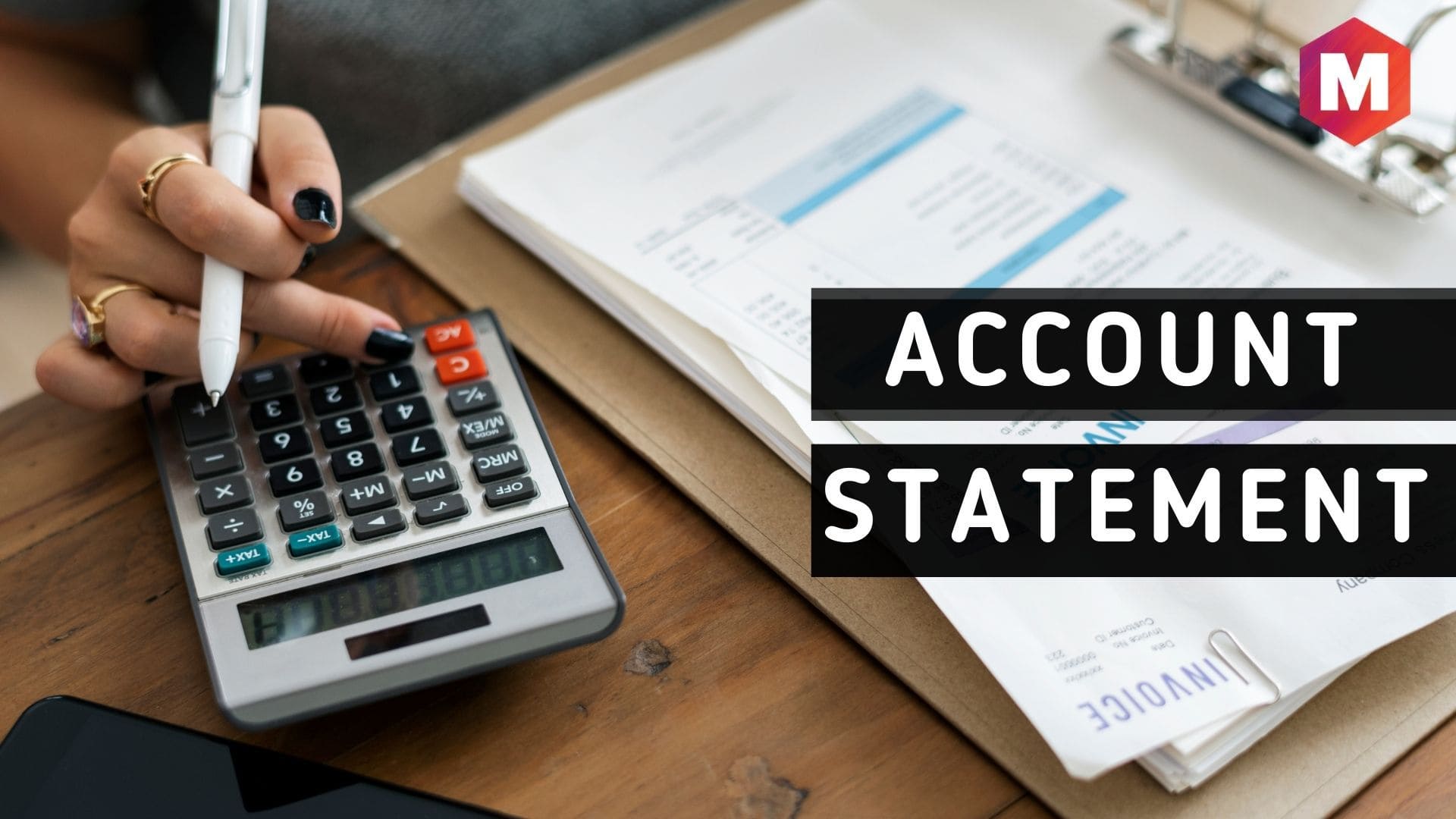Cash Flow Statement Basics Explained
The Cash Flow Statement is one of the 3 main Financial Statements. It will show you how effective a business is in managing its cash. Most companies apply Accrual Accounting and it's important to understand that under this method revenue does not always equal cash in, and incurred expenses do not equal cash out. Therefore, don't make the mistake to just look at the income statement and the balance sheet. Focus on the Cash Flow Statement as well because it will show you where the company makes and spends its money. The Cash Flow Statement consists of 3 main parts: Cash Flow from Operations Here we can find out how much cash a business is able to generate by selling its products and services. To calculate the Cash Flow from Operations there are 2 methods in use. In this video we will focus on the indirect method because it's used by most companies. It's linked to the income statement and starts with the Net Income. But in Accrual Accounting revenue does not equal cash in, and expenses do not equal cash out. Therefore, the net income from the Income statement must be adjusted to see the actual cash flows. The most common adjustments are for non-cash transactions (depreciation, amortization, gains/losses for sales of non-current assets), and for working capital. Cash Flow from Investing Activities This shows the cash spent on investments or cash received from sales of investments. Here we can see the full cash inflow or outflow when a company purchases or sells property, equipment or other investments. We can also find out if the business acquired a company to expand its activities. Cash Flow from Financing Activities This section summarizes cash transactions that involve raising, borrowing, and repaying capital. When a company gets a bank loan or issues new shares it will receive additional cash. Therefore, this cash inflow will be reported with a positive figure. On the other hand, if the company repays the principal portion of a loan, pays dividends to its owners, or purchases its own shares it spends cash and reduces the cash balance. Therefore, this cash outflow will be reported with a negative figure. At the very bottom of the Cash Flow Statement you will find the reconciliation to the cash balance in the Balance Sheet. The cash ending balance from the last period, plus the Cash Flows from Operations, Investing and Financing Activities must equal the cash ending balance for the current period. Sometimes, you will find an additional position for effects from foreign exchange rates caused by differences in average and spot rates. 02:00 Cash Flow Statement - Overview 03:57 Cash Flow from Operations 10:33 Cash Flow from Investing Activities 11:17 Cash Flow from Financing Activities #Accounting









